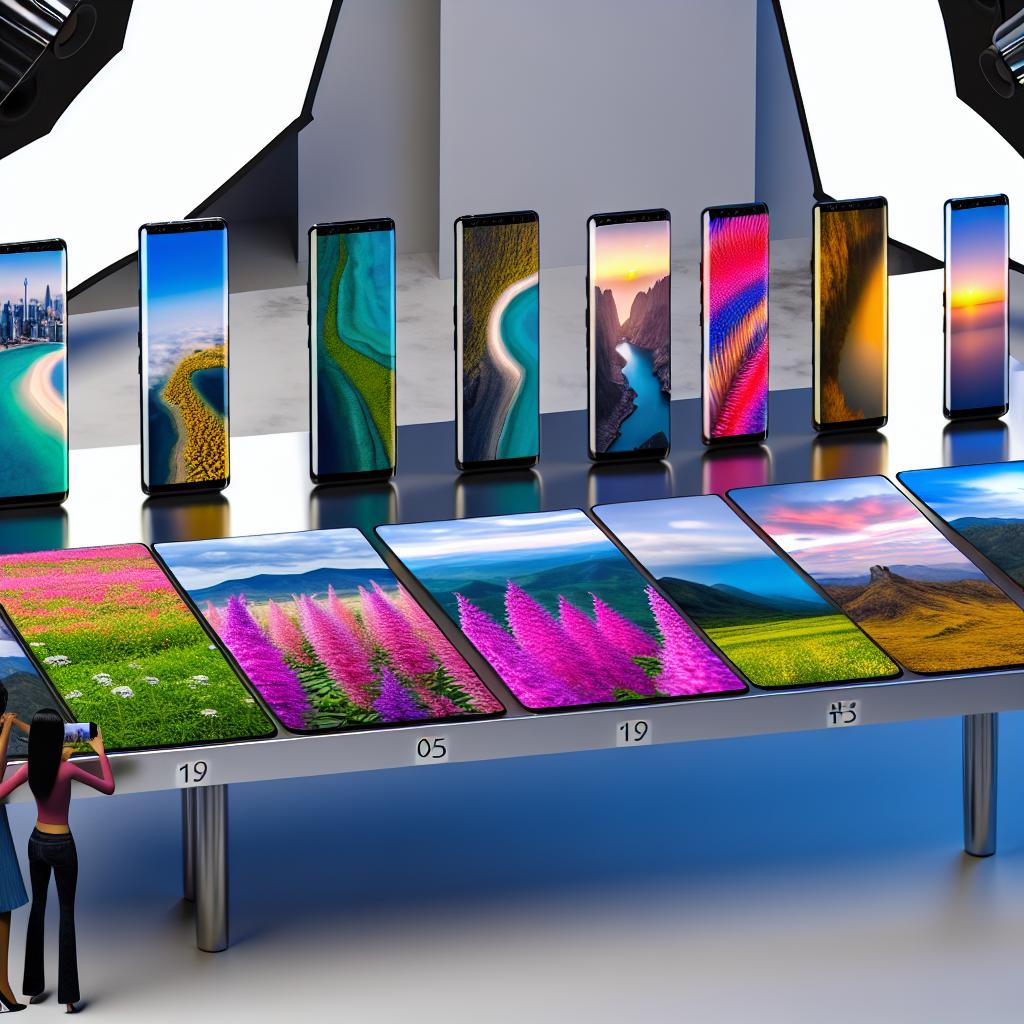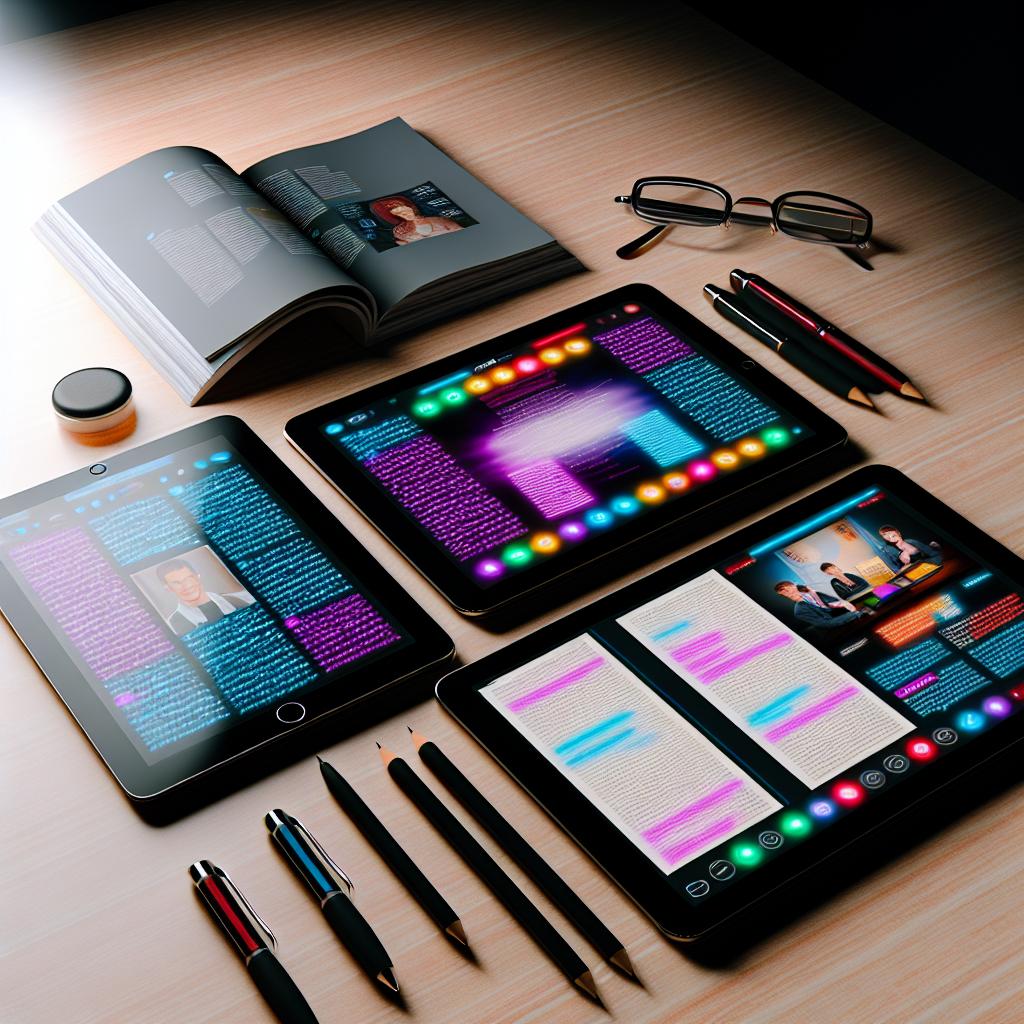Introduction
In an era where smartphones have become ubiquitous, camera quality often plays a crucial role in differentiating one model from another. For photography enthusiasts, understanding which smartphones offer the best camera capabilities is essential. This article sheds light on some of the top smartphones for photography available in 2023, highlighting their standout features and performance.
Key Features to Consider
Before diving into specific models, it’s important to identify the features that set leading photography smartphones apart:
Sensor Size: Larger sensors typically capture more light, resulting in better image quality. A larger sensor is integral for capturing intricate details and reducing noise, especially in low-light conditions. It plays a significant role in defining the boundaries of what a smartphone camera can achieve.
Lens Quality: High-quality lenses improve image sharpness and reduce distortion. The glass and coating used in lenses can dramatically influence the clarity and fidelity of photos, ensuring that images are not only sharp but also accurate in color representation and contrast.
Software Algorithms: Advanced image processing enhances photo quality beyond hardware capabilities. Through sophisticated algorithms, smartphones can produce stunning photos that might not seem possible considering their small sensors. These algorithms help in tasks like HDR processing and noise reduction.
Low-Light Performance: Strong low-light capabilities are essential for night photography. A camera’s performance in low light is not just about sensitivity but also about how effectively the device processes noise while retaining detail and color integrity.
Optical Zoom: Optical zoom provides better quality than digital zoom by physically adjusting the lens. This ability ensures that images remain crisp and detailed even when shooting from a distance, without relying on digital enhancements that often degrade photo quality.
Top Smartphones for Photography in 2023
Apple iPhone 15 Pro Max
The iPhone 15 Pro Max builds on Apple’s legacy of superior camera technology. Featuring an advanced triple-lens system and state-of-the-art image processing powered by the A16 Bionic chip, this device excels in dynamic range and color accuracy. Its dedicated night mode significantly enhances low-light photography, making it a favorite among professionals and amateurs alike. Apple continues to refine its portrait mode, offering depth control and studio-quality lighting effects that bring out the best in portrait sessions. The commitment to computational photography allows even casual users to produce photos that rival professional setups.
Samsung Galaxy S23 Ultra
The Galaxy S23 Ultra is renowned for its remarkable camera capabilities. A 200MP main sensor and periscope-style telephoto lens enable up to 10x optical zoom, allowing for incredible detail in distant objects. Additionally, Samsung’s software enhancements, such as AI noise reduction, further elevate image quality across various lighting conditions. Samsung consistently pushes the envelope with its Super Steady video mode, giving videographers a gimble-like stability when filming action sequences. The Space Zoom feature is not only novel but also functional, allowing users to focus in on distant subjects with surprising clarity.
Google Pixel 7 Pro
Google’s flagship, the Pixel 7 Pro, maintains its reputation for exceptional computational photography. The interplay of a modest hardware setup with Google’s proprietary algorithms results in sharp, colorful images. Its portrait mode and night sight features are particularly noteworthy, consistently delivering impressive results. Google’s Night Sight continues to be a benchmark for low-light photography, capturing scenes in near darkness with a level of detail and brightness that is quite remarkable. Additionally, Google’s continued focus on software gives users a simple yet powerful toolset for capturing stunning images with minimal effort.
Sony Xperia 1 IV
For those who value professional-level control, the Sony Xperia 1 IV offers unparalleled features. Equipped with a variable telephoto lens and technology derived from Sony’s acclaimed Alpha cameras, this smartphone provides extensive manual settings to cater to creative needs. Its 4K HDR display ensures stunning image previews and video playback. The device offers full manual control over shutter speed, ISO, and focus, attracting those who have a deep understanding of photography and video. The Xperia 1 IV stands out as a photographer’s tool that affords creative freedom not commonly found in smartphones.
The Evolution of Smartphone Cameras
Over the years, smartphone cameras have evolved from simple image-capturing devices to complex systems capable of delivering professional-grade photography. The incorporation of artificial intelligence and machine learning has enabled real-time scene analysis and optimization, allowing smartphones to automatically adjust settings to suit different environments and subjects. This evolution has made photography more accessible, providing anyone with a smartphone the ability to capture high-quality images effortlessly.
Looking into the Future
The future of smartphone photography looks promising with continuous advancements in both hardware and software. Innovations such as foldable and rollable displays may redefine the user interface and enhance usability, thereby opening up new avenues for creative expression. Furthermore, the integration of augmented reality in photography may offer new dimensions in capturing and interpreting images, adding layers of information that enrich the visual storytelling experience.
Conclusion
In 2023, smartphones continue to bridge the gap between convenience and high-quality photography. The devices highlighted above represent the pinnacle of current mobile camera technology. When selecting a smartphone for photography, considering factors such as sensor size, lens quality, and software can guide users to the device that best fits their specific needs and preferences. As hardware and software continue to evolve, the future of smartphone photography promises even more exciting developments. The burgeoning ability of smartphones to adapt and incorporate new technology heralds an era where professional-level photography is merely a touchscreen away for all users.




